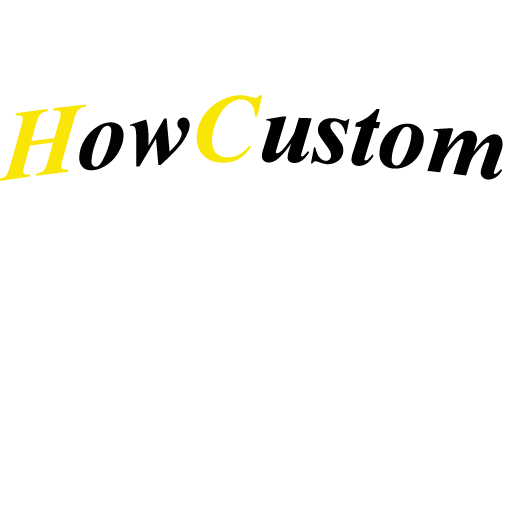
How Does a Red Dot Sight Really Work?
Share
Table Of Contents
- 1.Introduction: Why Red Dot Sights Matter
- 2.How Red Dot Sights Actually Work
- 3.The LED and Lens System
- 4.Parallax: What It Is and Why It Matters
- 5.Types of Red Dots and Where They Work Best
- 6.Common Problems and How to Fix Them
- 7.Battery Life and Smart Features
- 8.What Reddit Users Say
- 9.Tips to Get the Most Out of Your Red Dot
- 10.Final Thoughts: Better Aiming Through Simplicity
1.Introduction: Why Red Dot Sights Matter
Red dot sights offer clear benefits for real shooting scenarios. Whether you're a home defender, competitive shooter, or hunter, traditional iron sights take time to align. Red dots simplify this by giving you a single point of focus. This improves both speed and target acquisition. For shooters with vision challenges or in high-pressure situations, red dot sights can make a measurable difference in accuracy and performance.

2.How Red Dot Sights Actually Work
Red dot sights use a small LED light paired with a coated lens that reflects red light back toward the shooter’s eye. The lens is designed to reflect only the red spectrum while allowing other light to pass through, keeping the field of view clear. Unlike lasers, this light doesn't project outward. Instead, it reflects internally to create a crisp aiming point. This optical setup gives shooters a simple, heads-up display for fast aiming.

3.The LED and Lens System
The LED is placed at the focal point of a collimating lens, which directs light into a tight, straight beam. That beam reflects off the front lens as a visible dot. Dot size is influenced by LED position and aperture dimensions, often measured in MOA. A 2-MOA dot covers about 2 inches at 100 yards, ideal for precise shooting. Manufacturing precision is critical misalignment can cause the dot to shift or appear distorted.

4.Parallax: What It Is and Why It Matters
While often labeled "parallax free," red dots still experience some parallax error, especially at short distances under 25 yards. The dot may appear to move if your eye isn’t centered, but with proper training and zeroing, this impact is minimal. Reddit users frequently highlight this misconception and stress the importance of live-fire drills to learn your optic’s behavior.

5.Types of Red Dots and Where They Work Best
Red dot sights come in open reflex, tube-style, and holographic designs. Open reflex sights are lightweight and ideal for pistols or compact rifles. Tube-style optics are more durable and support attachments like filters and lens covers. Holographic sights use laser-driven systems but serve a similar purpose. Choosing the right type depends on your firearm, usage context, and personal preference.

6.Common Problems and How to Fix Them
Blurry dots or starburst effects often come from the shooter’s vision (e.g., astigmatism), not the sight itself. Using a larger MOA dot or a holographic sight can help. Dead batteries are another concern. Opt for models with auto-off or shake-to-wake. Keep your lenses clean and check mounting screws regularly. Practicing dry-fire drills can reveal early signs of equipment issues before they affect performance.

7.Battery Life and Smart Features
Today’s red dots use energy-efficient LEDs, with many lasting over 20,000 hours on one battery. Features like auto-brightness and motion-activated power help extend that life further. Some models even incorporate solar power backups. As shared by users on Reddit, brands like Holosun have run for multiple years without needing a battery swap. Choose features based on your real usage—don’t overpay for things you won’t use.

8.What Reddit Users Say
Community forums like Reddit provide honest feedback. Many users find that red dots drastically improve their target transitions and confidence under pressure. Still, several mention that new users struggle to “find the dot” under stress. Training is consistently recommended. Low-cost models may also lose zero or fog in humid environments. These insights help you avoid trial-and-error by learning from real shooters.

9.Tips to Get the Most Out of Your Red Dot
For rifles, co-witnessing with iron sights offers backup aiming. Mount height influences head positioning and speed. Pistol users should tune brightness levels carefully—overly bright dots can glare, while dim dots disappear outdoors. Zero the optic at typical engagement distances: 10-15 yards for handguns, 50 yards for rifles. Add battery checks to your range checklist alongside ammo and gear.

Curious how does a red dot sight work? This short explainer shows a reflex red dot sight forming its floating dot via an LED emitter, coated objective lens, and a collimated light path.
Watch to see what “parallax-free” really means at distance, how MOA dot size affects speed vs. precision, and why you can aim with both eyes open.
Key takeaway: the LED’s specific wavelength reflects off the front lens coating back to your eye, creating an apparent dot at optical infinity—stable on target even as your head shifts (minimal parallax at practical ranges).
If you’re choosing between open vs. tube red dot designs or troubleshooting zero shift, these principles will help you set up, zero, and use your red dot sight with confidence.
10.Final Thoughts: Better Aiming Through Simplicity
Red dot sights improve reaction time and aiming accuracy by eliminating the need to align front and rear sights. But they aren’t plug-and-play. Like any tool, they require practice, maintenance, and setup tailored to your needs. With the right training and model, a red dot becomes more than an upgrade—it becomes an integral part of confident, fast, and effective shooting.

